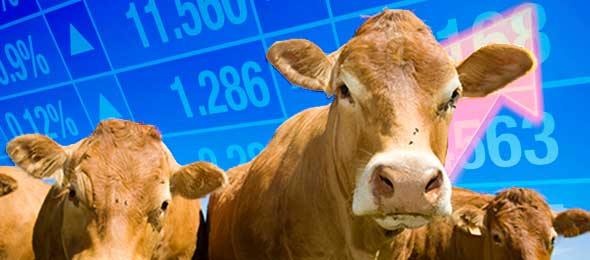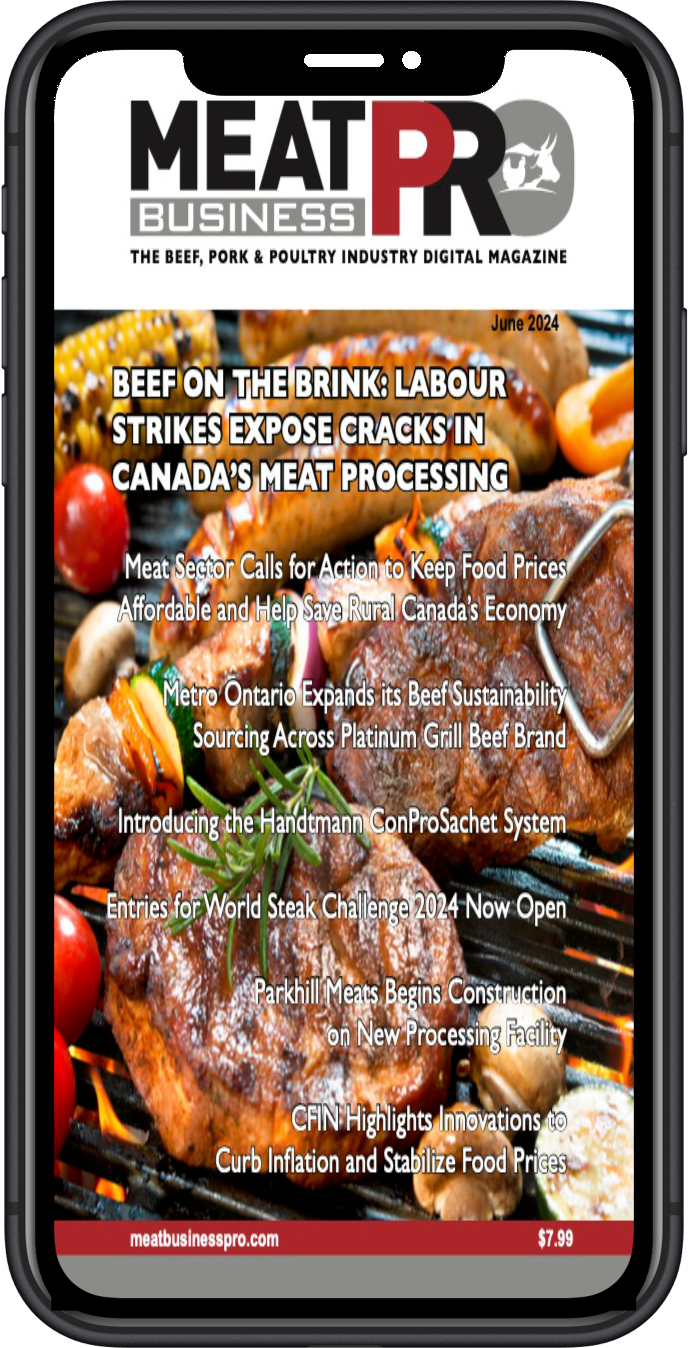Mid-Year Cattle Market Update

Major and rapid price changes seem to be the new normal in cattle markets. There have again been larger market swings than anticipated in 2017, but overall the market has been better than expected
Courtesy of Farm Credit Canada(FCC)
HIGHLIGHTSProfitability in the cattle feeding and cow-calf sector continues to maintain a positive tone Canadian packers have worked aggressively; domestic and international demand remains robust Trade is critical to the Canadian and North American cattle industry, yet there’s much uncertainty
While cattle prices have come back down after a very strong rally through much of the first half of 2017, profitability in the cattle feeding and cow-calf sector continues to maintain a positive tone. It was well documented that cattle and meat supplies were going to grow in 2017, but it has again been a demand story that has helped the cattle and beef market exceed expectations.
AT THE PACKERS
Canadian packing plants have been aggressively processing cattle numbers, as the demand from both domestic and international buyers remains robust. Cattle slaughter has grown as expected, but the strong demand for cattle has resulted in Canadian carcass weights being four per cent lower than a year ago, which further supports the market at a relatively higher supply and demand equilibrium price point.
“Cattle markets will continue to be volatile, and there is still caution moving forward, simply by growing North American cattle supplies”
Prices have dropped from their all time highs, but despite the growing volume, they did not drop as much as anticipated before end users started to see good value in buying more beef.
Domestic consumers continue to have their highest meat expenditures on beef, and export demand from Japan, China, South East Asia and Mexico has been strong this year. In addition, imports from the second and third largest suppliers (Australia and New Zealand) have declined.
TRADE
Trade is critical to the Canadian and North American cattle industry. Uncertainty regarding potential changes to North American Free Trade Agreement, loss of the original Trans-Pacific Partnership and slow movement on trade with the European Union are factors to watch.
Japan recently announced it is increasing tariffs on Canadian/U.S. frozen beef imports from 38.5 per cent to 50 per cent until March 31, 2018. This could have been avoided if TPP had been approved.
LOOKING AHEAD
Cattle markets will continue to be volatile, and there is still caution moving forward, simply by growing North American cattle supplies, as well as increasing overall meat supplies.
In addition to the cattle/beef supply and demand fundamentals, feed costs and the Canadian dollar have been quite volatile and have been on the rise which works against Canadian cattle prices.
The Canadian dollar has reached over 80 cents this year, which is at the high end of expectations and feed costs have increased on weather concerns.
BOTTOM LINE
The three key factors to watch in regard to setting cattle price expectations, are the cattle futures, the Canadian dollar and feed costs.
As the manager and senior analyst at Canfax, Brian Perillat ensures Canfax maintains accurate and relevant market information, as well as provides and oversees market analysis provided for its members and the industry.











